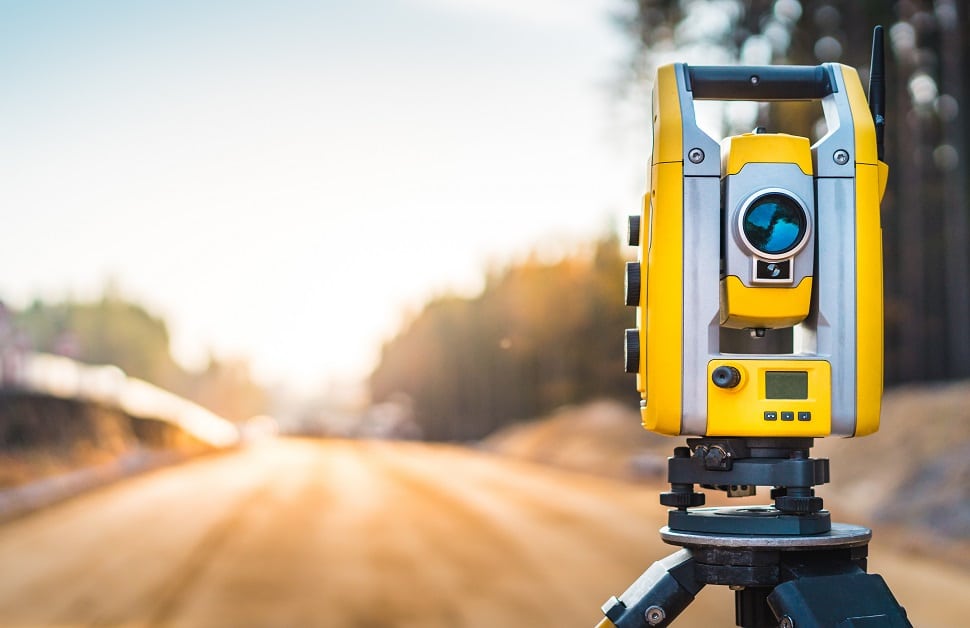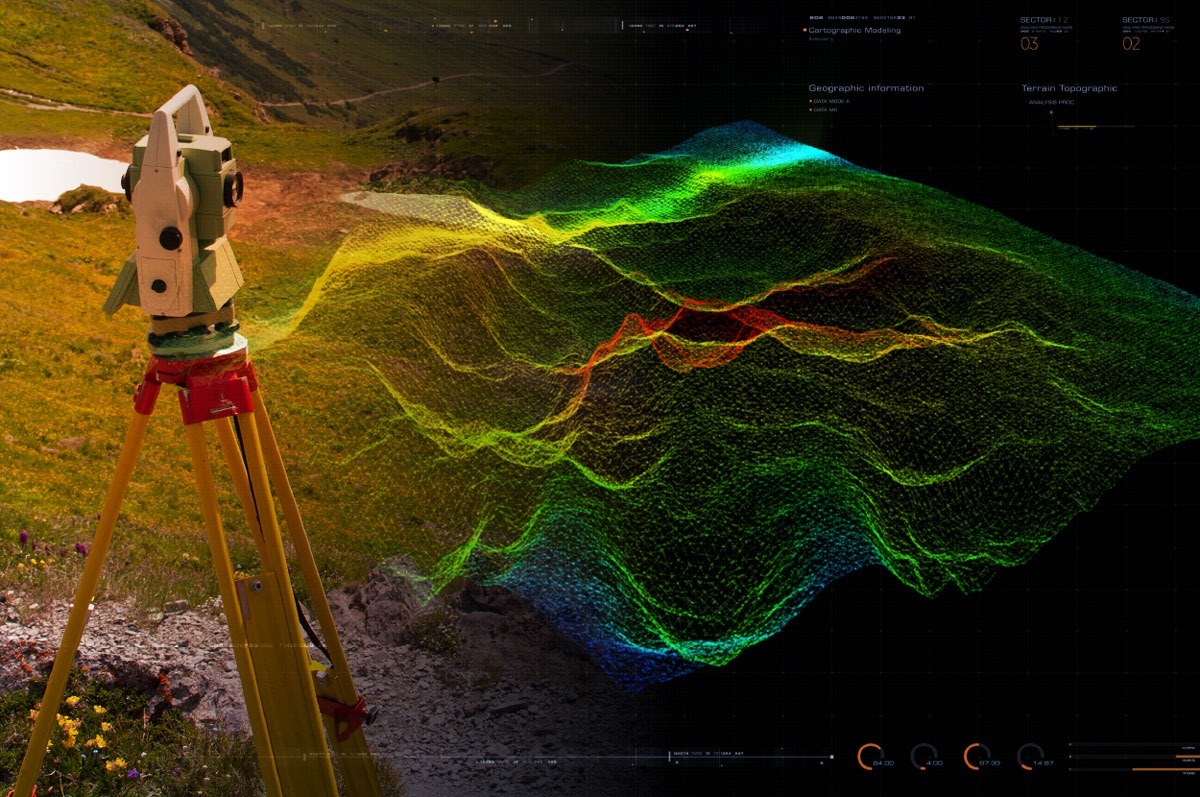What You Need to Know About Engineering Surveys for Your Next Project
What You Need to Know About Engineering Surveys for Your Next Project
Blog Article
Necessary Tools and Techniques in Laying Out Design
The self-control of establishing out design counts heavily on a suite of crucial devices and methods that underpin the precision and effectiveness of project implementation. Instruments such as land surveyor's degrees, complete terminals, and advanced GPS innovation are important for developing accurate reference points. The combination of standard techniques with contemporary practices, consisting of geospatial evaluation and 3D modeling, uses substantial advantages in picturing site conditions. Comprehending exactly how these components communicate is crucial for reducing errors and boosting task end results, yet the nuances of their application typically continue to be ignored. What effects does this hold for future design techniques?
The Value of Accurate Dimensions

The value of accurate measurements extends beyond plain conformity; they are indispensable to the total efficiency of engineering processes. Inaccuracies can result in material waste, job delays, and enhanced labor costs, inevitably influencing the project's bottom line. Moreover, accurate measurements boost the high quality of the end product, ensuring that it does as meant and satisfies the assumptions of stakeholders - setting out engineering.
Furthermore, the relevance of accurate dimensions appears in different engineering techniques, including civil, mechanical, and electric engineering. Each field requires an one-of-a-kind method to dimension, yet the underlying need for precision stays continuous. As jobs come to be increasingly intricate, the dependence on precise dimensions will just increase, highlighting the demand for consistent improvements in dimension methods and innovations. Therefore, promoting a culture that prioritizes precision is vital for the future of design.
Necessary Devices for Establishing Out
Laying out, a critical phase in the design and building and construction process, relies heavily on specific tools that make certain precise location and alignment of frameworks. Among these tools, the land surveyor's degree stands out, supplying exact horizontal dimensions vital for establishing reference points. This instrument makes it possible for designers to figure out altitude modifications and preserve uniformity throughout the job website.
The overall terminal is another vital device, incorporating electronic range measurement with angular dimension capacities. This technology enhances performance and precision in catching spatial information, enabling reliable site format and planning.
In addition, using measuring tapes and noting devices, such as chalk lines or risks, is basic for briefly noting boundaries and crucial points on the site. These basic tools, though basic, are important for guaranteeing clear interaction amongst the building group concerning task specifications.
Last but not least, GPS technology has actually gotten traction in establishing out processes, offering real-time placing data and substantially enhancing accuracy over traditional techniques. Collectively, these essential tools create the foundation of efficient establishing out techniques, inevitably adding to the successful implementation of engineering and building and construction tasks.
Advanced Checking Methods
Advanced checking methods play a pivotal role in improving the precision and performance of design jobs. These strategies incorporate a range of methodologies that give accurate data for design and building. Typical techniques, such as leveling and triangulation, have actually developed right into much more innovative strategies, consisting of Total Terminal studies and Global Navigating Satellite Systems (GNSS)
Total Station devices incorporate electronic theodolites with distance measurement abilities, allowing property surveyors to accumulate precise area information with great speed. This modern technology dramatically reduces errors linked click with hand-operated measurements and gives real-time data handling. GNSS offers unequaled precision for massive projects by making use of satellite signals to determine specific positioning, which is vital for aligning structures and guaranteeing conformity with style specifications.
In enhancement to these devices, progressed techniques also incorporate geospatial evaluation and 3D modeling. These techniques allow engineers to imagine surface and website problems a lot more effectively, helping with better decision-making throughout the planning phase. By utilizing these sophisticated checking strategies, design tasks can attain better accuracy in design, decrease rework, and ultimately enhance general job success.
Digital Modern Technology in Design
The combination of digital modern technology has reinvented engineering practices, improving both productivity and accuracy across various techniques. Tools such as Building Info Modeling (BIM) assist in the visualization and management of complex projects, enabling engineers to collaborate seamlessly and make educated decisions. This modern technology allows the production of thorough 3D versions, which can be evaluated for architectural stability and effectiveness prior to building begins.

The application of synthetic knowledge and equipment knowing in design procedures additionally enhances anticipating maintenance and optimization of sources. In general, electronic modern technology is improving the engineering landscape, driving advancement, and making sure that tasks are completed with better efficiency and minimized threat.
Ideal Practices for Execution
When applying electronic innovation in engineering, it is vital to establish a tactical method that lines up with job objectives and organizational abilities. A thorough assessment of existing workflows and technology facilities is important to identify gaps and chances for improvement. Involving stakeholders early in the process fosters partnership and ensures that the modern technology meets user demands.

Project managers must adopt an iterative execution approach, enabling modifications based upon real-time comments and performance assessments. This agile method not just minimizes dangers however additionally advertises constant enhancement by incorporating lessons learned.
Conclusion
In conclusion, the integration of essential devices and progressed techniques in laying out design is essential for making sure precision in measurements and effective task execution. Using instruments such as surveyor's levels, complete stations, and GPS modern technology, along with modern surveying approaches, improves accuracy and minimizes the probability of mistakes. Embracing ideal techniques in application additionally optimizes these processes, inevitably fostering improved task end results in the engineering and building sectors.
The discipline of establishing out design depends greatly on a collection of vital tools and techniques that underpin the precision and efficiency of task implementation.In addition, the value click to read of precise measurements is obvious in different design techniques, consisting of civil, mechanical, and electrical design. By employing these innovative evaluating techniques, engineering tasks can achieve higher accuracy in layout, minimize rework, and inevitably enhance total project success.
In general, electronic modern technology is reshaping the engineering landscape, driving development, and ensuring that jobs are completed with higher performance and minimized danger (setting out engineering).In conclusion, the assimilation of essential tools and progressed strategies in establishing out engineering is important for making certain precision in measurements and successful project implementation
Report this page